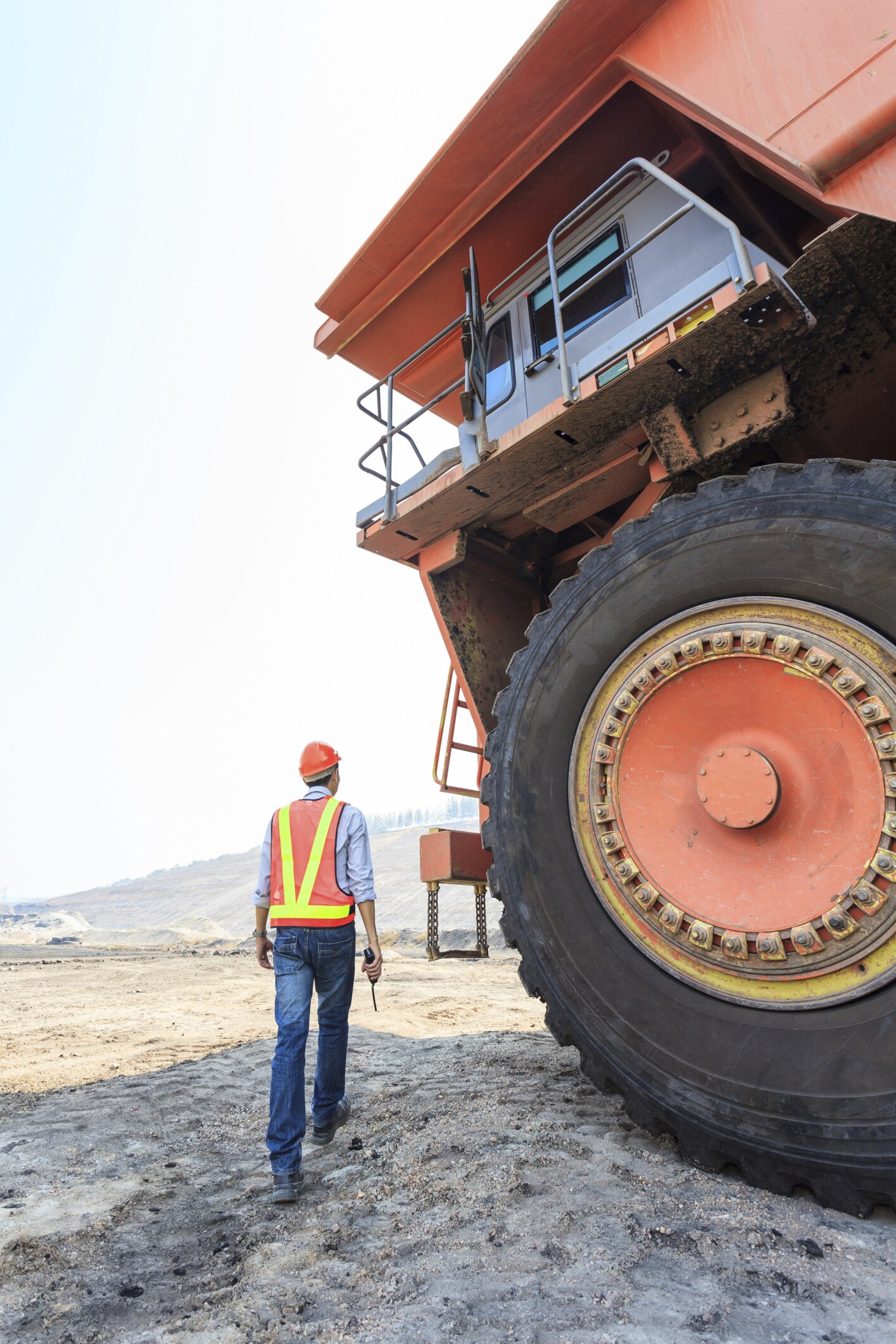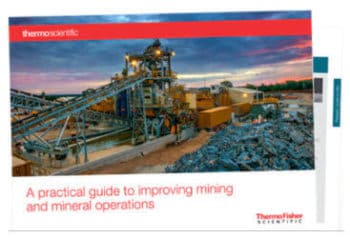 Mining operations, however expansive and complex, are temporary. Eventually, once the most accessible and valuable materials have been extracted, the mine is closed, and the site must be restored back to its original state. This includes covering up mine entrances, replanting grass and trees, and testing surrounding water, soil, and air for contaminants.
Mining operations, however expansive and complex, are temporary. Eventually, once the most accessible and valuable materials have been extracted, the mine is closed, and the site must be restored back to its original state. This includes covering up mine entrances, replanting grass and trees, and testing surrounding water, soil, and air for contaminants.
Since 1977 when the U.S. Congress enacted the Surface Mining Control and Reclamation Act, many regulations have been established to ensure mine sites are operated, and any environmental damage is remediated, in a responsible way. The Office of Surface Mining Reclamation and Enforcement (OSMRE), for example, is a bureau within the United States Department of the Interior created to address coal mine remediation.
The OSMRE’s mission statement asserts, “Our primary objectives are to ensure that coal mines are operated in a manner that protects citizens and the environment during mining and assures that the land is restored to beneficial use following mining, and to mitigate the effects of past mining by aggressively pursuing reclamation of abandoned coal mines.”
Other U.S. laws governing the mining industry include:
- The Comprehensive Environmental Response, Compensation and Liability Act (CERCLA), or the Superfund program
- The Clean Water Act
- The Resource Conservation and Recovery Act.
Similar European Union directives include:
- The Environmental Impact Assessment Directive
- The Water Framework Directive
- The Waste Framework, Hazardous Waste, and Landfill Directives.
Canadian federal directives include:
- The Canadian Environmental Assessment Act
- The Fisheries Act
- The Canadian Environmental Protection Act.
Some of the issues addressed by mine site remediation regulations include:
Water:
Acid mine drainage is one of the primary sources of mining-related pollution. Mining activities increase the volume and rate of exposure of sulfur-containing rocks to air and water, creating sulfuric acid and dissolved iron. This acid run-off dissolves heavy metals such as copper, lead and mercury which leach into ground water aquifers and surface water sources, harming humans and wildlife.
Tailings—mineral waste products—are another major pollutant. Because tailings originate in slurry form they are dumped in or near water, contaminating the water and destroying aquatic life. Tailings also can be transported by wind or water to contaminate other areas. Mine wastewater containing metals and chemicals can also leach into nearby waterways. Lab and portable technologies for water analysis can help determine the extent of the pollution.
Soil:
In addition to physical landscape damage, mining operations create sediment containing heavy metals which settle into surrounding soil, or are carried by wind or water to contaminate rivers or other land areas. These metals aren’t biodegradable so the soil stays contaminated without corrective action.
Chemical analysis of soil and sediment samples at the mine site is an important step in detecting the presence of environmental contaminates that may remain as a result of mining activities. Both Energy dispersive x-ray fluorescence (EDXRF) and wavelength dispersive x-ray fluorescence (WDXRF) are good solutions for this analysis. Handheld XRF instruments provide instantaneous analysis in the field and effectively perform double-duty when used to monitor elemental contaminants at mine sites and in waste streams, in addition to being used for exploration and mining applications. These handheld analyzers are equipped with embedded GPS that can record the coordinates of the exact location of the contamination site as well. Lab-based WDXRF instruments perform accurate quantitative analysis of the vast variety of material, matrix types, and concentrations that must be evaluated in soil and sediment analysis.
Air quality:
Particulate matter (PM) in the air surrounding the mine location is another source of pollution. Dust results from the movement of soil, vehicles traveling over unpaved surfaces, heavy equipment operation, blasting, and wind, which can erode mine tailings piles to create potentially contaminated fugitive dust. Dust inhalation, particularly respirable coal dust, is a serious occupational hazard in the mining industry. Personal and ambient particulate monitoring equipment is used to measure PM to ensure exposure limits are not exceeded.
As it says in the Act, “Coal mining operations presently contribute significantly to the Nation’s energy requirements… and it is, therefore, essential to the national interest to insure the existence of an expanding and economically healthy underground coal mining industry…. [The] surface and underground coal mining operations affect interstate commerce, contribute to the economic well-being, security, and general welfare of the Nation and should be conducted in an environmentally sound manner….[And] the cooperative effort established by this Act is necessary to prevent or mitigate adverse environmental effects of present and future surface coal mining operations.” Read the rest of Section 101 of the Surface Mining Control and Reclamation Act of 1977.






Ali, you stated, “Because tailings originate in slurry
form they are dumped in or near water, contaminating the water and destroying
aquatic life.” I would like to comment on that statement. Nobody
has been allowed to dump coal waste or tailings into lakes and streams for
many, many years. Dedicated impoundments are built solely for the purpose
of receiving the waste slurry (I have seen some hearty wildlife move into some
impoundments, but waste and tailings are not dumped into natural streams and
lakes). As the slurry fills the impoundment, most waste (or
“tailings” in a metal mine) settles to the bottom and excess water is
either decanted off or pumped out of the impoundment to a water treatment
facility. There it is treated to neutralize the acidity and remove the
pollutants before being discharged. Sadly, this was not done in the past
and environmental damage did result. As a newly-minted mining engineer in
the very late 1970s and 80s, I was tasked with complying with the 1977 Surface
Mining Act (as we called it back then) and other environmental requirements in
one of the largest underground coal mines in the US. That was 35 years
ago, but I can tell you, the environmental laws were strictly adhered to and
enforced then. Today, the environmental laws continue to be tightened,
and the mining industries are continually improving on treatment and
remediation. It’s been over 20 years since I worked for a mining company,
but I have kept up with the industry through old friends and acquaintances. Thankfully, the world I am leaving my
grandchildren, at least in terms of mining, is a much better one. Thanks for the great article!
Woody777 —
Thanks for reading the article and your interesting comment. The
article discusses a common issue that can create environmental problems and
although US companies are following strict environmental rules and regulations,
still there are many countries that need to adopt such rules.
— Ali Somarin, Chief Geologist